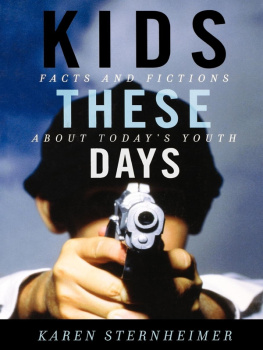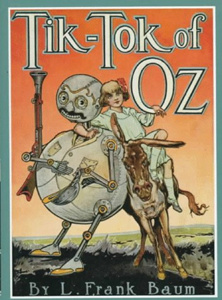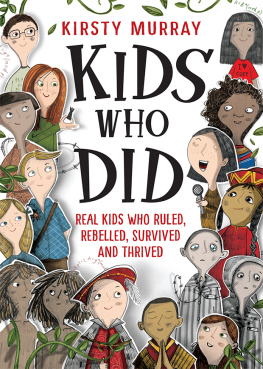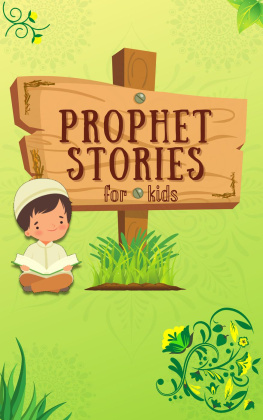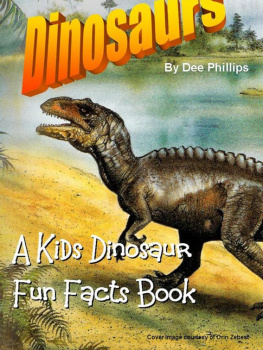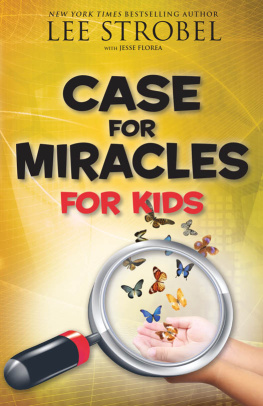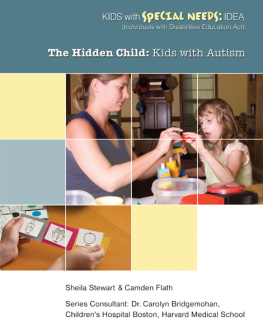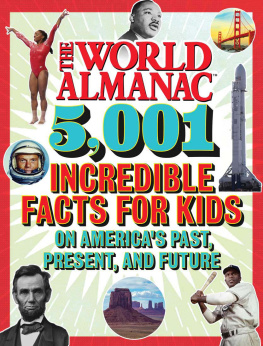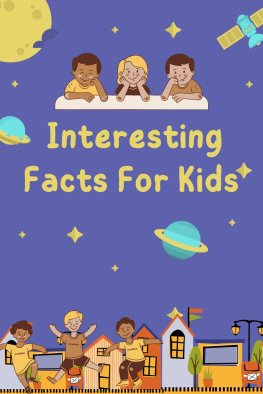Karen Sternheimer teaches in the Department of Sociology at the University of Southern California and is a research consultant for the Center of Media Literacy. She is author of Its Not the Media: The Truth About Pop Cultures Influence on Children (2003). Her commentary has been published in the Los Angeles Times, Newsday , and the San Jose Mercury News. Additionally, her work has been discussed in Variety, Child magazine, Ladies Home Journal , the Los Angeles Times , and other major newspapers. She has appeared on CNN, The OReilly Factor, the Fox Morning News and numerous radio programs.
Conclusion
The Business of Youth Phobia
Fear Sells
Although our fears of risk-taking teens and our many other anxieties about kids today tend to be out of proportion, it has not been my intent to minimize their seriousness in any way. It is only natural for parents to hear about dangers and worry about their own childrens safety. Certainly kids are sometimes abducted by strangers, shot at school, or sometimes fall prey to substance abuse. We of course want to prevent these things from happening, and if they do happen we need to deal with them aggressively. Obesity, drunk driving, and early pregnancy are real public health concerns. By putting these very real problems into perspective, my goal is not to suggest that we stick our heads in the sand and deny that any such trouble exists. Instead, I am trying to put these concerns in context and most importantly, to demonstrate that kids today are not necessarily headed for disaster.
But parents and other adults who work with young people may feel its better to be safe than sorry, better to worry and protect a little more than necessary if it means keeping kids safe and healthy. I am certainly not suggesting that parents and people concerned about children abdicate their responsibilities to kids, only that we not overlook the more mundane and most common challenges by focusing on rare but catastrophic occurrences.
Fears do not arise in a vacuum. I have incorporated a lot of quotes from various news sources, but I do not want to suggest that our disproportional anxiety about young people is the product of sensational news coverage alone. This news only reinforces our existing concerns and legitimizes these fears by providing sometimes misleading or even wrong information that bolsters our foregone conclusion that things are worse for kids today than ever before.
It is true that coming of age in the twenty-first century provides unique opportunities as well as new challenges. Within the industrialized world, young people have a multitude of ways for finding entertainment, communicating, and accessing information. This scares a lot of adults, especially parents, who may wonder whom their kids may be talking to and what they may learn. In many respects, adults have far less control over young peoples knowledge today than at any time in history.
Kids living in industrialized nations also have fewer economic responsibilities overall, and are largely expected to remain out of the labor force until eighteen, twenty-one, or even older. This, coupled with a surplus economy and the designation of young people as consumers rather than as producers as they were in the past, has created an atmosphere of leisure for the young. While not all young people are free from work, marketers want us to believe that being young means having fun, and that the way to have fun is to consume.
Challenges have always been part of growing up, and this generation faces obstacles too. Until the early twentieth century, physical survival was a universal challenge for the very young; epidemics knew no class or ethnic barriers, and children of the wealthy as well as the poor succumbed to diseases such as typhoid and yellow fever. Today in the United States, challenges are more stratified by class. As I discussed in chapter 2, children in poor minority communities are more likely to be obese and to face a lifetime of complications from cardiovascular disease and type 2 diabetes. Our advances in medicine are increasingly out of reach for the young and poor in America, where one child in eight has no health insurance. These kids are also more likely to live in areas plagued by violence and to attend schools that are overcrowded and in disrepair, as we saw in chapter 3. Make no mistake, not all American kids have the luxury of being spoiled today, nor is their biggest threat coming from playing video games or watching television.
Navigating the challenges of sex, drugs, or alcohol is never easy for teens, but it is much harder if the adults in their lives are irresponsible themselves. While drug experimentation may peak in the early twenties, older adults drug use probably has far more serious consequences than that of young recreational users. Kids today are also more likely to be the product of a teen pregnancy than to have one themselves. Many of the struggles that young people face are the direct result of the poor choices that the adults in their lives have made.
Although complaints about the young span the centuries, youth phobia intensifies at certain times. Times of flux and change create generalized uncertainty, and young people symbolize that uncertainty about the future. Older adults may feel that the world is an unrecognizable place compared with what they once knew and may look at young people as representative of those changes. As we get older, we may recognize the fact of our aging with remorse and may then see young people as usurpers taking our place, the cause rather than the effect of change. Young people have increasingly been valued over older adults as consumers, as marketers seek young customers and audiences even though older people have more money. The cool factor resides in youth, not in experience, at least for the moment.

